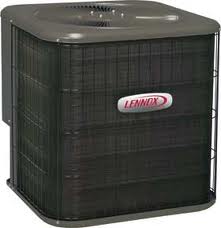Whether I’m in an amusement park, at the mall, or on a jog through the park with my dog, I constantly find myself running into people with stuffed animal backpacks. I don’t know what it is about these backpacks, but I’ve always found them to be absolutely adorable! When I was younger, I myself had an Eeyore and Pooh bear stuffed animal backpack and I would carry them around with me all the time. Now that I’m older, I thought it might be fun to make a backpack out of a random stuffed animal.
I’ve never done this before, but I ran into this GREAT guide on epbot.com (which I’ll share with you all below that will definitely guide e through the process. If any of you have a DIY itch, this should fulfill your mini-project yearning.
First things first, if you want to do this project, you’ll need to pick a stuffed animal. A monkey is a great choice because they have long arms and legs, so you’ll need less string to attach, meaning a more fun, happy, and cute looking backpack.
Start by opening their back and yanking out most of the stuffing.
Next, you’ll want to create the bag that goes inside your stuffed animal’s back. Try and look for some fabric that mostly matches the color of your plushie.
Place a plate inside the open back to determine how much room you have, then use that plate as a template to draw two circles on the fabric. You’ll also want to cut out a long rectangle of the fabric, like so:
Now to put that fabric together to create a pouch. Create a cylindrical shape and pin and sew the circular pieces of fabric to the “top” and “bottom” of the cylinder, making sure to leave a slit, like this:
You want the “good side” of the fabric to be on the inside, and you’ll finish off by adding a zipper to the slit (plastic, not metal).
Now, stuff your pouch into the stuffed animal’s back and hand-stitch around the zippers edges. To create the straps for the backpack, you’ll need to somehow attach the plushie’s hands and feet. Find a strap that you can cut into 4 sections (also a matching color, or black as an alternative) and attach D rings to two of the ends. Open up your plushie’s paw just a bit. . .
. . . And place in the end of the strap that doesn’t have the D ring. If you’re placing in a strap that doesn’t have D rings at all, either end will work. MAKE SURE that the straps with the D rings are on the hands, not the feet, as this will make it easiert to adjust the straps. Hand sew everything shut to finish. . .
. . . And you’ve got yourself a stuffed animal backpack!






















